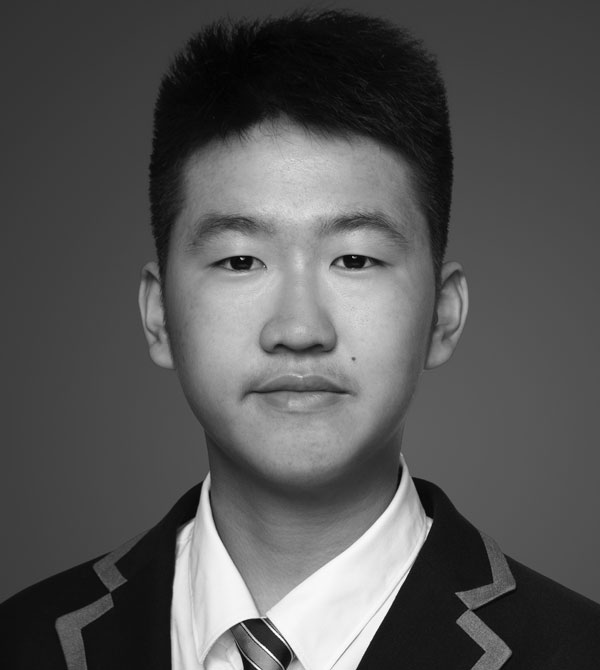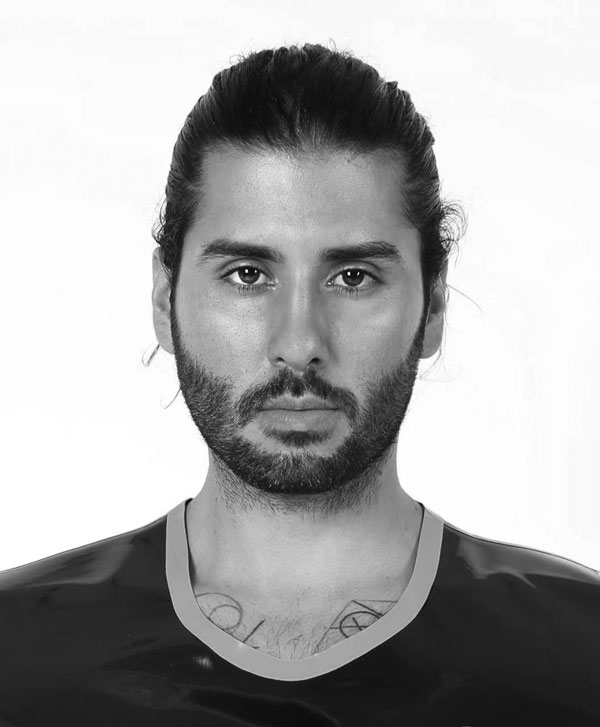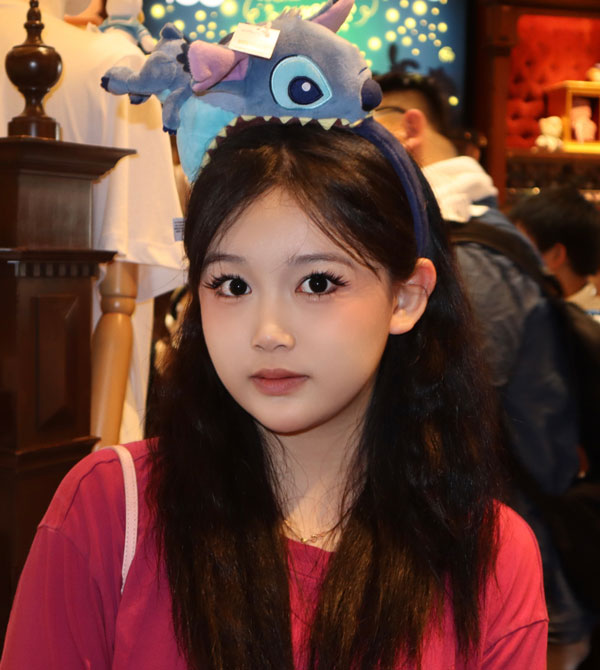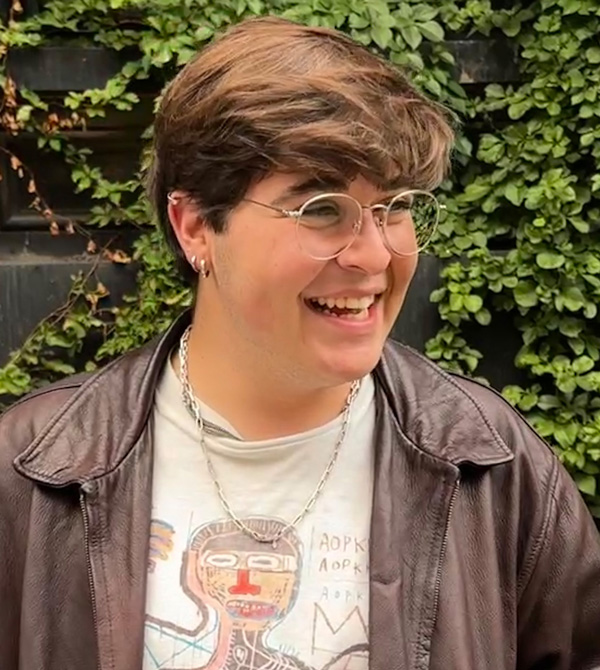
Yuran Fu

AP 3-D
Basis International School Guangzhou|Guangzhou, China


Dimensions: 9” x 9” x 9”|Idea(s): Portray a coral reef by using colored acrylic and intricate shapes|Material(s): color laser cut acrylic, acrylic glue|Process(es): Designed using Rhino, chose the color of the acrylic, laser cut, and assemble.|Curatorial Note: This is one example from a portfolio that is investigating structures that interact with light in interesting ways. The colored layers are extremely beautiful, and we would love to hold this object in our hand.
Student statement
Student statement
The exploration of the interaction of light and water to portray the characteristics of the ocean through the visual interplay of colors, materials, and forms is the key to my work titled "Coral Reef." This work, which includes multiple-colored layers of acrylics, was central to my sustained investigation inquiry: how can I represent these ocean characteristics, and what materials can I use? How can I organize several pieces to create a more intricate artwork that still shows complexity but remains peaceful, structured, and pleasing to the eyes, like the ocean?
I chose this inquiry out of a fascination with the oceanic environment and how the interaction of light and color through various shapes can represent corals in an ocean environment to create a sense of depth and movement on the acrylic surface. Initially, my work began with simple modeling using Rhino and just playing around with the different orientations of the cut-out shapes. As my portfolio developed, I experimented with the overlays of different colors on different layers and how that can also convey depth, leading me to include them in my work. My inquiry was rooted in a simple fascination with the ocean. As my portfolio evolved, so did my question about how I represent these ocean characteristics and what materials I can use, which steered my investigation towards the interaction of light and transparency.
I made many models and experimented with different ideas, documenting my thought process. The materials evolved from plastic to acrylic, and the processes evolved from manual cutting to laser cutting. The ideas developed from creating intricate shapes to more organic ones. The evolution of my thoughts and the techniques I used were always a part of the portfolio. Revision is critical, as there is a trial and error, where only by trying different materials can you see the selected ones that work better for my projects. This way of making my portfolio allowed me to articulate the conceptual underpinnings of my work more effectively and stay focused on key concepts of one work. I think the synthesis of my ideas was achieved through the material selection, specifically using colored acrylic to manipulate light and transparency to create this visual between the medium and the geometric forms. These materials were chosen for their transparency properties, and the way they matched the cutting system I had selected, I could be very precise with the cuts.
My work did not intentionally reference any historical artmaking style; I used materials and shapes solely on my understanding of the ocean, with the reef simplified into geometric forms.
My art teacher was pivotal in guiding me through creating each artwork and conceptual refinements. His encouragement to experiment with unconventional materials and constructive critiques were instrumental in developing my portfolio.
The school leadership provided crucial support for my portfolio, ensuring I had all the materials I wanted to experiment with—overcoming difficulties with material deliveries and even times of Covid lockdowns.
I advise other AP Art and Design students to remain open to where your inquiry takes you. Allow your investigation to be a dynamic journey rather than a rigid path. Make sure the experiment is done in as many ways as possible. Be prepared to change anything as you discover new insights and possibilities in your artmaking process. Embrace experimentation and use your reflections to deepen your understanding of your work.

Sustained investigation, Materials: render in Rhino|Process(es): I experiment with using different colors in the software to see how it will look."

The oceanic environment has always captivated me; the currents, waves, and the interaction of light and water inspired me to explore a way to portray them in my work. But how can I represent these ocean characteristics, and what materials can I use?

Dimensions 9 x 9 x 9|ldea(s): Portray a coral reef by using colored acrylic and intricate shapes |Materials: color laser cut acrylic, acrylic glue|Process(es): Designed using Rhino, chose the color of the acrylic, laser cut, and assemble.
Teacher statement
Teacher statement

Manolo Ortiz
With immense pride and excitement, I received the news of Yuran's selection for this prestigious online art exhibition. He has been a fantastic art student during the last three years, and his work is a testament to his unwavering commitment to artistic excellence and his ability to transform imagination into tangible, awe-inspiring creations.
The featured sculpture, an exquisite manifestation of structural art, is evidence of Yuran's profound artistic vision and technical prowess. Crafted with meticulous detail, the piece encapsulates ocean corals' delicate beauty and intricate complexity. Yuran's exploration of form and space reflects his mastery of sculptural techniques and his deep connection to the natural world.
Having witnessed Yuran's artistic evolution over the years, it is heartening to see him channel his passion for the environment into such a captivating and meaningful creation. The artwork invites viewers to contemplate the fragility and resilience of our oceans, as embodied by the delicate balance of coral ecosystems.
Yuran's dedication to his craft and thoughtful approach to conceptualizing this sculpture are commendable. The artwork serves as a powerful reminder of art's profound impact when fueled by passion, knowledge, and a keen sense of responsibility. As an Advanced Placement student, Yuran has not only embraced the technical challenges of sculpture but has also delved into the intellectual and emotional depths required to create a work of such significance. I encourage art enthusiasts and environmental advocates to engage with such artwork in this virtual exhibition. Yuran's sculpture is not merely a representation of the ocean; it is an invitation to reflect on the interconnectedness of humanity and nature, urging us to become stewards of the delicate ecosystems that inspire such breathtaking works of art.
Congratulations, Yuran, on this well-deserved recognition, and thank you for sharing your profound artistic voice with the world.
Yuran Fu





